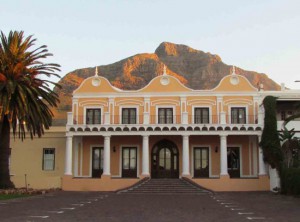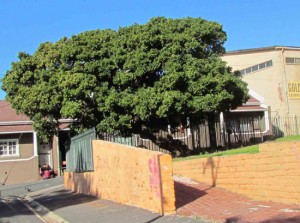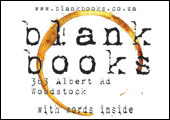Paul Senyol’s colourful and whimsical work caught my eye a number of years ago, and it’s really great to see how this artists’ work has matured and that he is starting to get the recognition he deserves. Paul has just spent three months in Finland on a residency program (Pro Artibus) together with friend and fellow artist Wesley van Eeden and will be heading back soon. ILW caught up with him to find out what he has been up to in Finland and what he has missed about home.
What has it been like living in Finland and how has your work been received?
At first it was quite a shift for me. Everything is so different in Finland, from the fact that you can’t speak the language, to the snow covered landscape. Living in Finland has been an amazing experience for me as a person, as well as an artist. It has given me a greater appreciation for what I do, as well as inspired me in so many different ways. Overall, people have been very receptive to my work, the project, as well as the exhibition.
What is your work currently about?
Mostly my work is informed by colour, shapes, composition, as well as daily life and my interactions with people. I like to view my works as a mouthpiece for hope and encouragement to people, whether they are educated in the arts or not. I hope my work reaches and moves people in a positive way.
The title of our current project is ’6511 MILES’, which is the distance from South Africa to Finland, as the crow flies. 6511 MILES was based on research which I gathered by means of producing a series of 45 notebooks, each with the same set of questions. I distributed and collected these in South Africa and Finland, and then based an artwork on each notebook, which in turn showed a representation of an individual. So you could say they are visual abstract portraits.
Where is your studio and what is it like working there?
I currently work from unit F402 in the Woodstock Industrial Centre. I share the studio with Justin Southey and Bruce Mackay.It is really a great open plan space, with two living areas, a bathroom, kitchen, and a great balcony. Pretty much the ideal space for all of us to work in. I really enjoy the atmosphere whilst working alongside Justin and Bruce, as well as having plenty of time to interact with the other creatives in the building. The Woodstock Industrial Centre is really a melting pot right now, with a cafe, gallery, and so many established and up and coming creative talents working within such close proximity of one another.
Tell us more about your work process.
I Predominantly work on a high quality drawing paper, which is first soaked in water, and then stretched onto a wooden board. This in itself is a labour of love, as the paper can be quite delicate at the best of times. I usually spend a fair amount of time in the library gathering source, typography, imagery, etc. for my artworks. The library is the best place. I spend so much time with old books and the photocopy machine. All the while I have an idea in my head for the artwork; I would usually have a short written piece in a notebook, or some rough composition sketch which I have in mind. Once I have assembled all the pieces, I plot the work out and begin to work on the paper, adding color, and elements as I go along. My work is somewhere between an ordered chaos and a perfect placement of elements which work together to form the final artwork.
What are your favourite Woodstock hangouts?
I quite enjoy taking my bicycle out and just wandering through the streets, getting some fresh air and enjoying old buildings and visiting friends. There are some great views of the ocean and the mountain from Woodstock. I also love our balcony, it has a great view of Table Mountain, out over the harbour and West Coast, and all the way to the Hottentots Holland mountains and Stellenbosch.
When will you get back and what do you miss most about home/Woodstock?
I will be back in sunny Woodstock on the 1 July 2011. I can’t wait; I have achieved everything that Wesley and I originally set out to accomplish here in Finland. I am really happy at the outcome of our project, as well as the possibilities it has opened for us back in South Africa. I miss the smell of the sea, the veg garden on our balcony, the lighthouse, the foghorn, the people, the traffic, and my friends.
What would you miss about Finland?
The endless green forests, Helsinki streets, the archipelago, and of course the good friends I have made here.







































